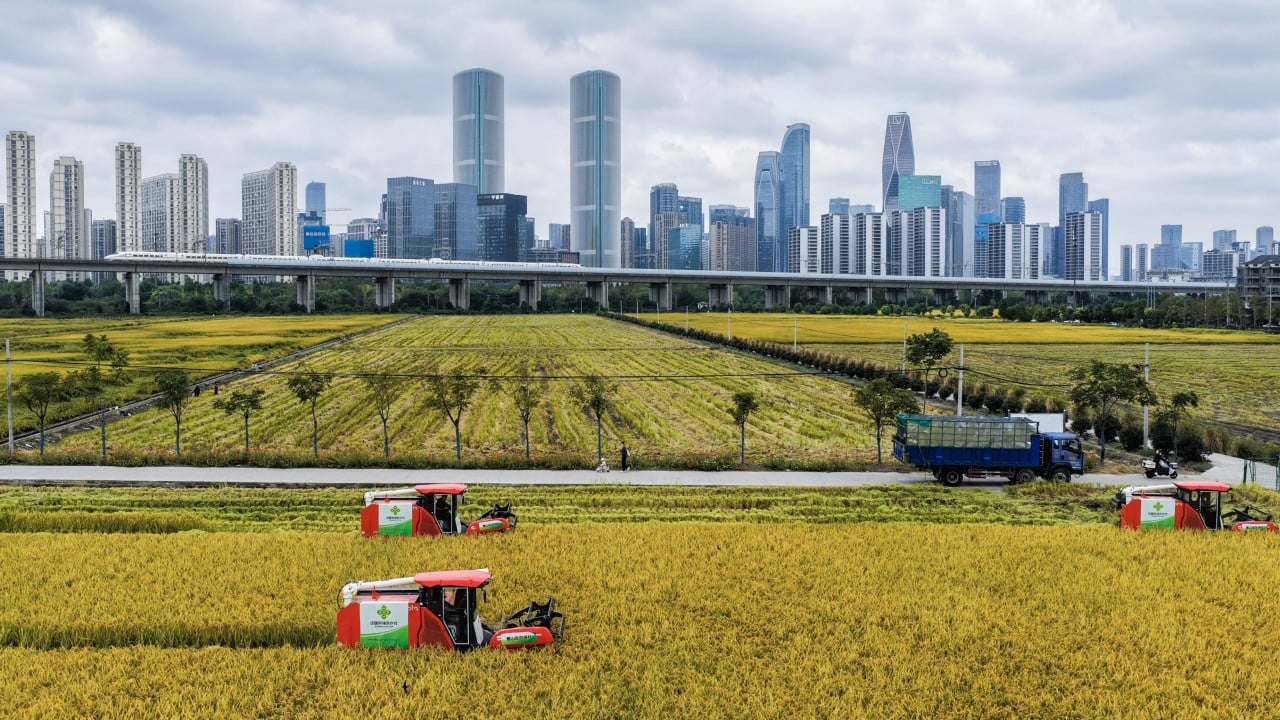
While detailed implementation plans are not yet public, this initiative builds on the 2022 Central Committee report to the party’s 20th National Congress, which for the first time set the goal of making China an agricultural powerhouse by mid-century. The 2023 “No 1 central document”, China’s annual rural policy blueprint, reaffirmed this ambition.
In April this year, the State Council released a plan for speeding up China’s transformation into an agricultural powerhouse, outlining key targets: by 2027, China wants to achieve significant progress in agricultural modernisation, and by 2050, become an agricultural power.
From Beijing’s perspective, the rationale is obvious. Food security and food self-sufficiency have long been central to China’s national strategy, and remain a top priority today. President Xi Jinping has repeatedly emphasised food as a matter of national security, declaring that the rice bowls of China’s 1.4 billion people “must always be firmly held in their own hands”.
But boosting local production is an uphill battle. China must feed about one-fifth of the world’s population with less than 10 per cent of global arable land and an even smaller share of freshwater resources. The country faces mounting pressure from land degradation, water scarcity, pollution, shifting dietary patterns and climate shocks.


